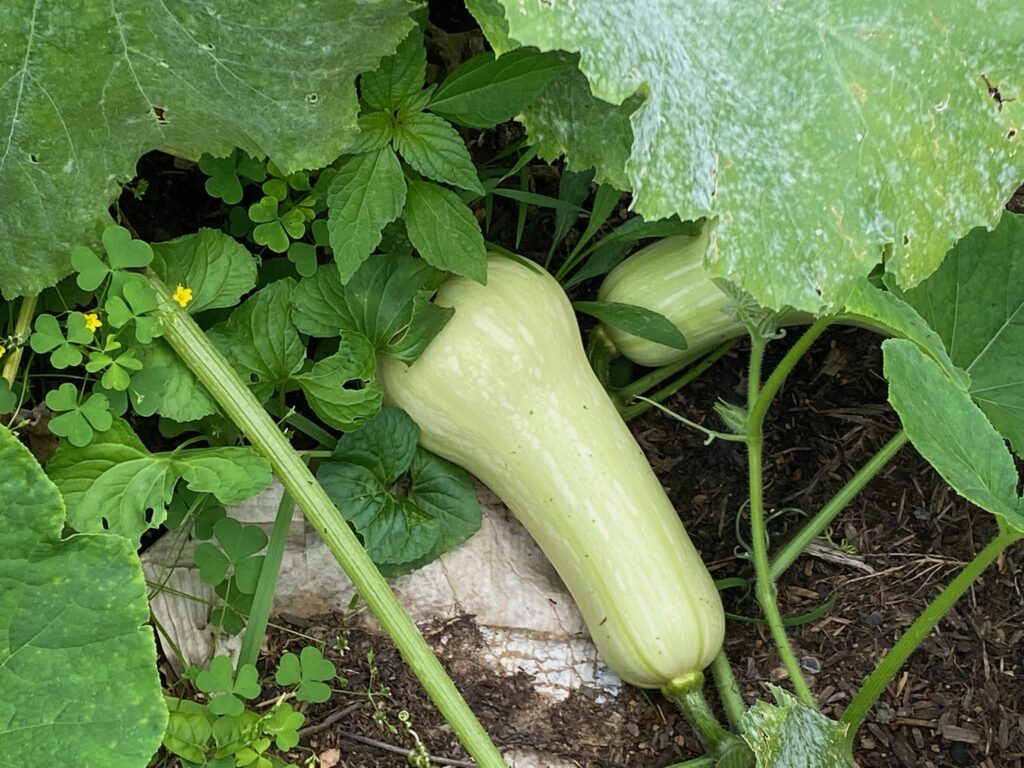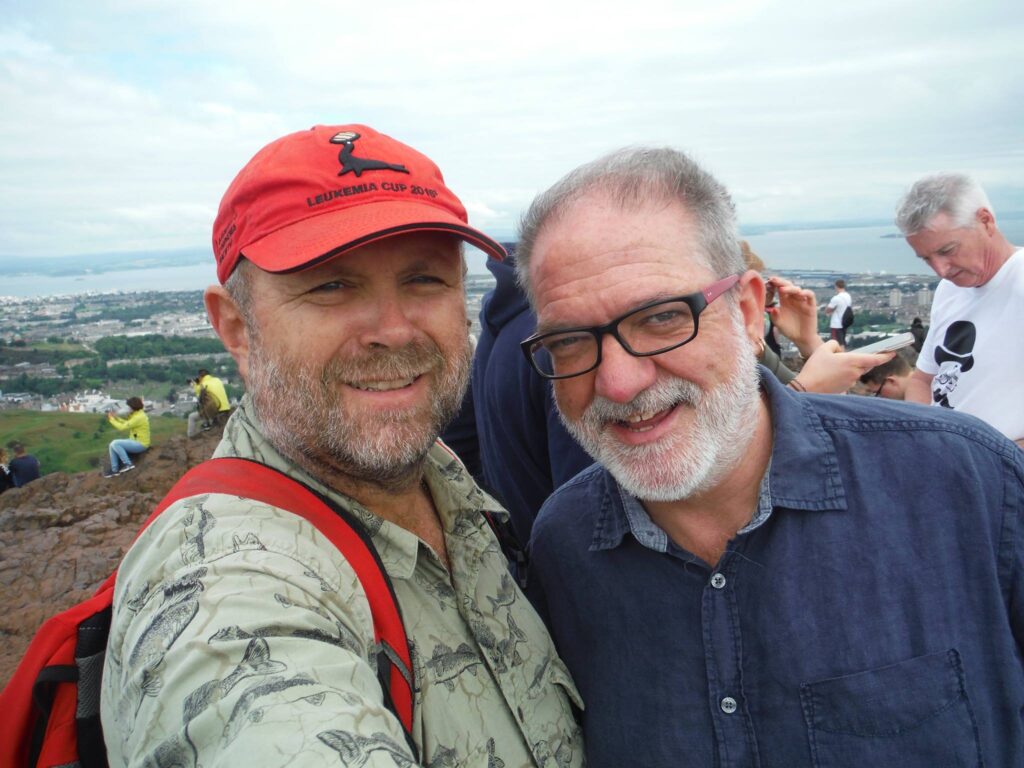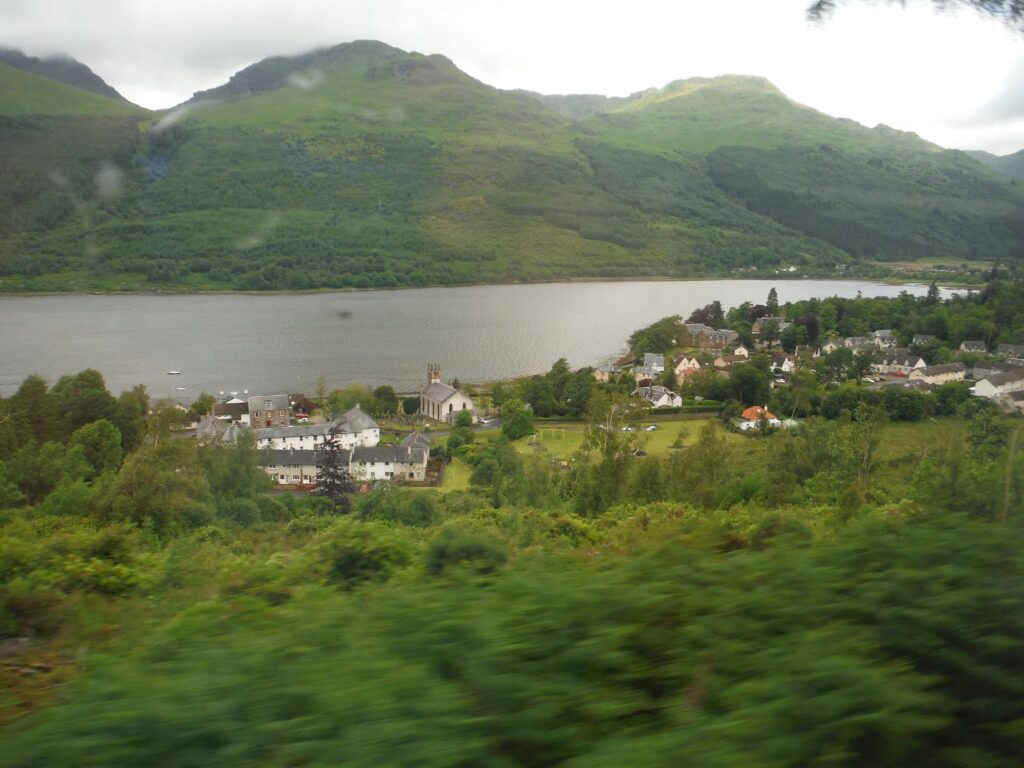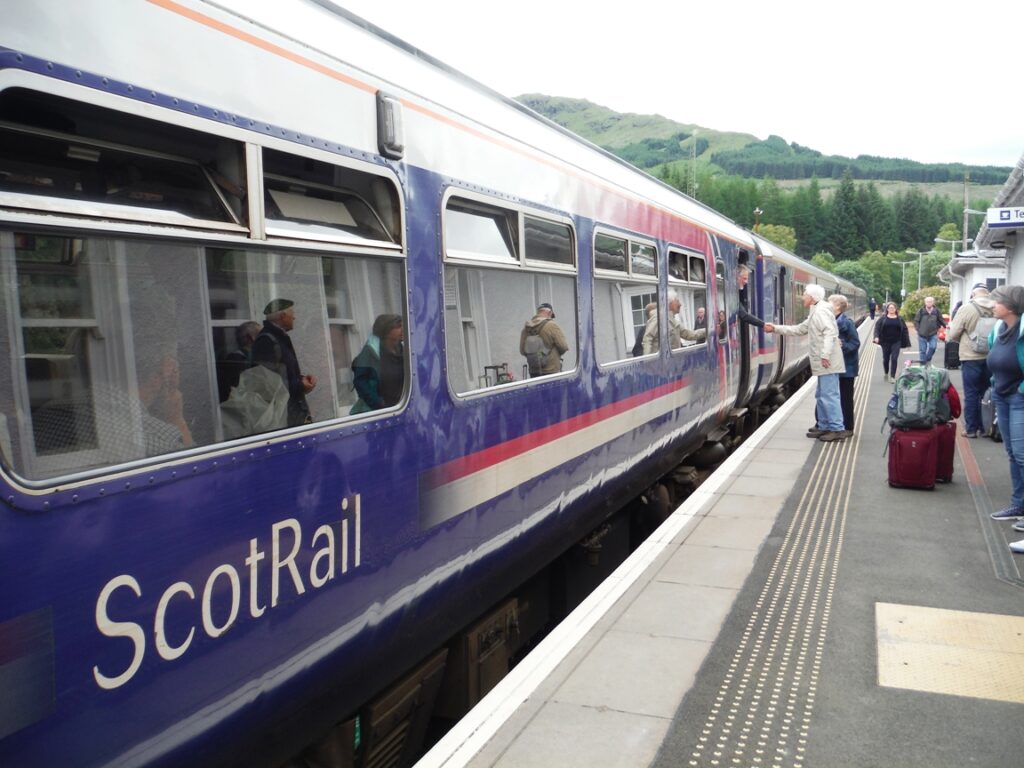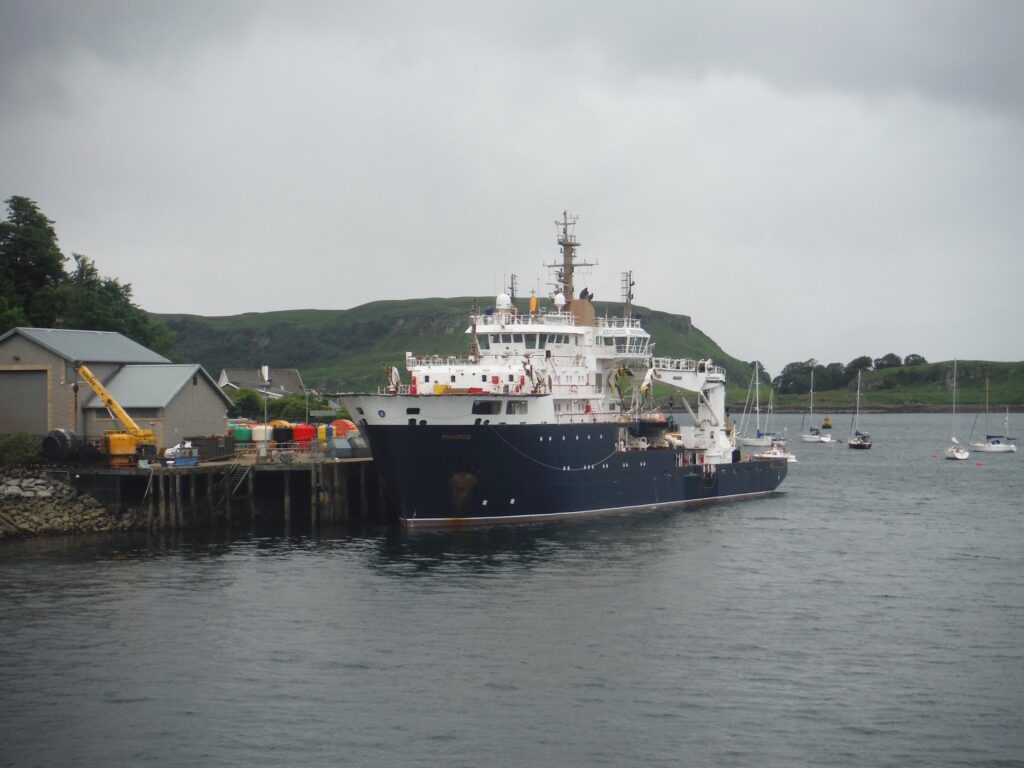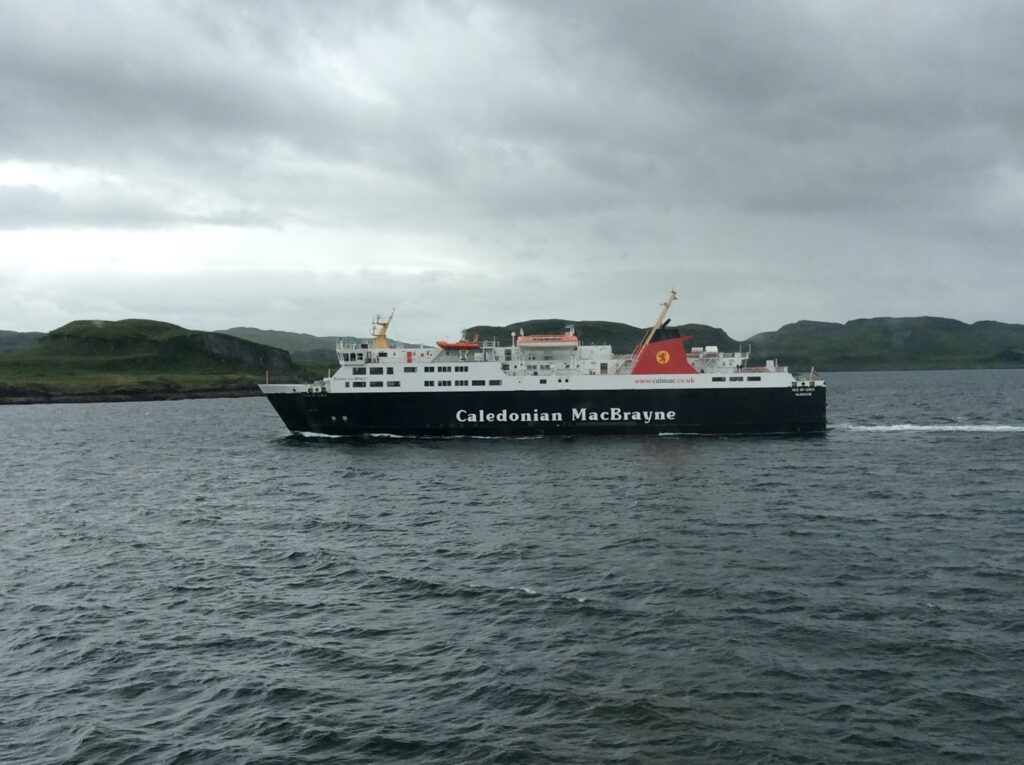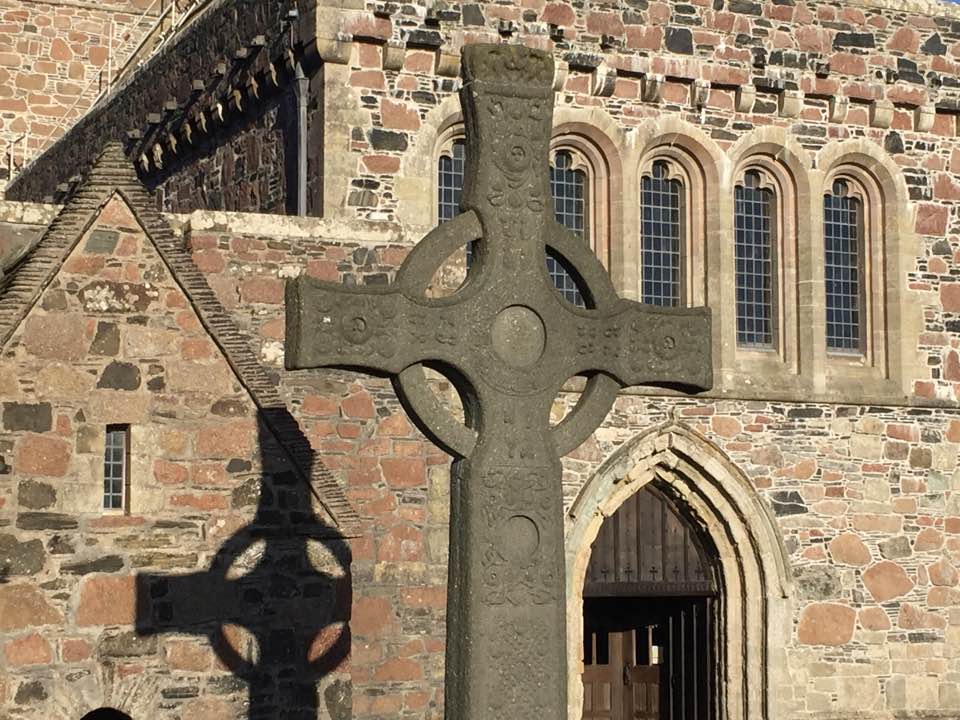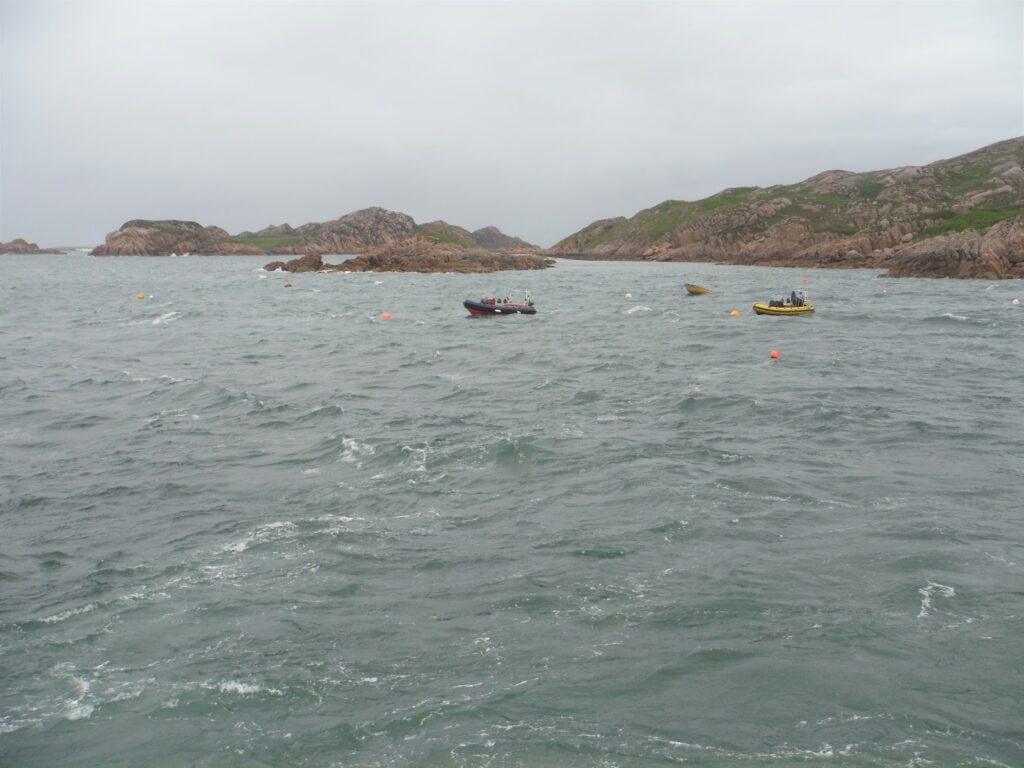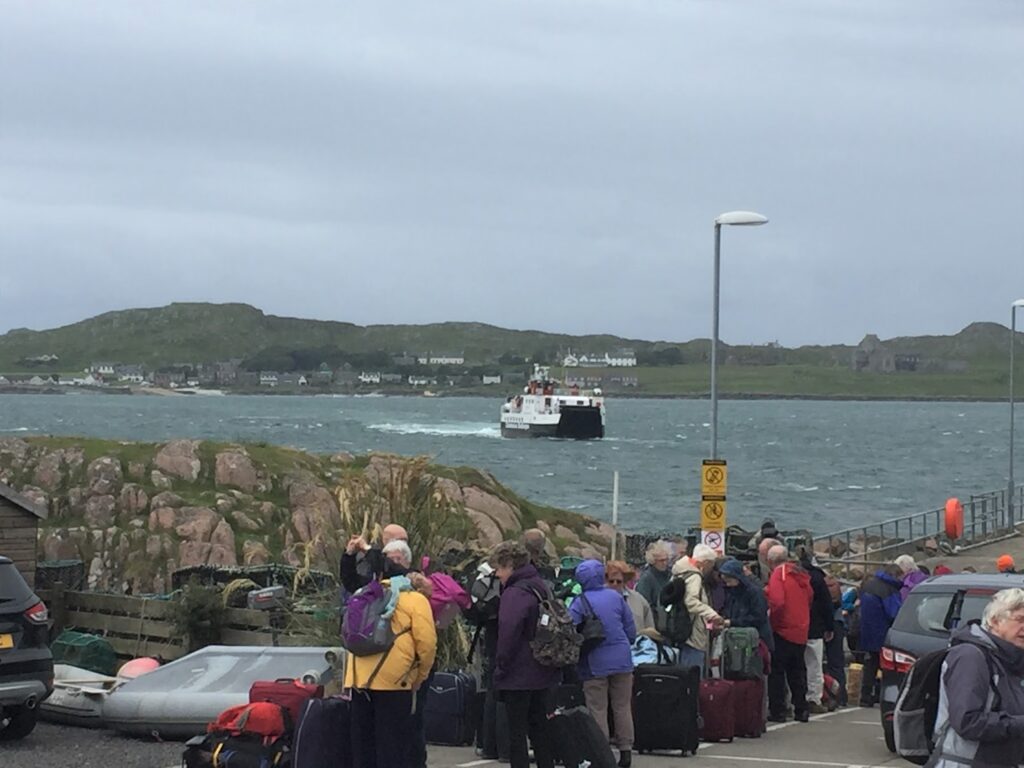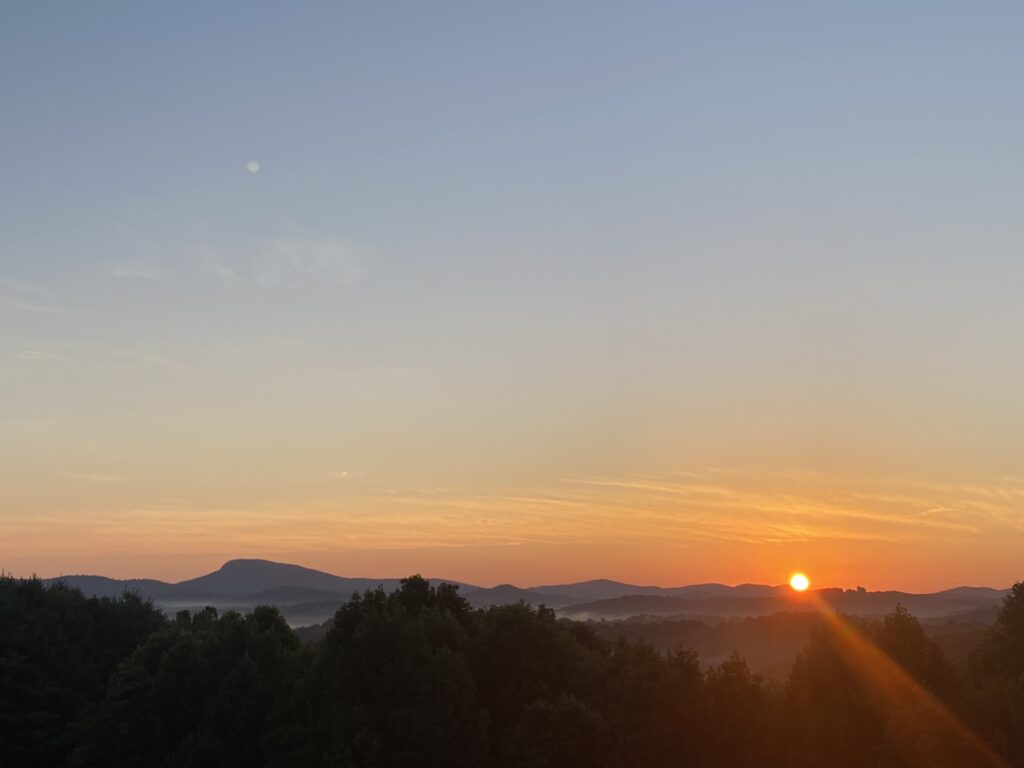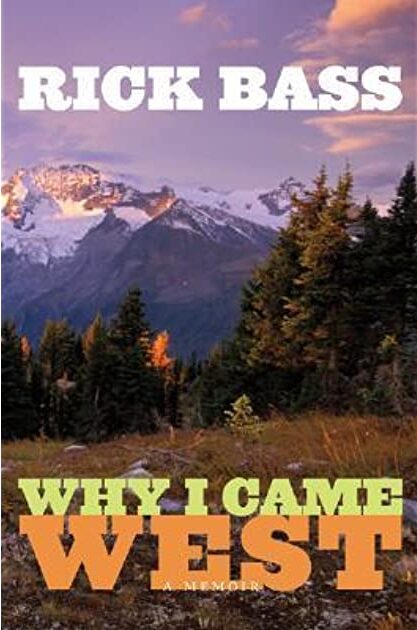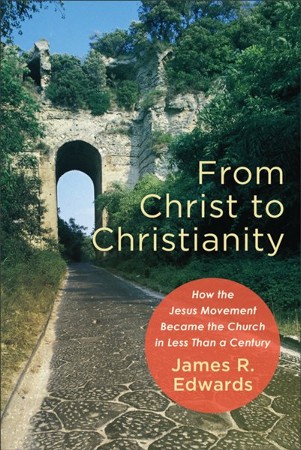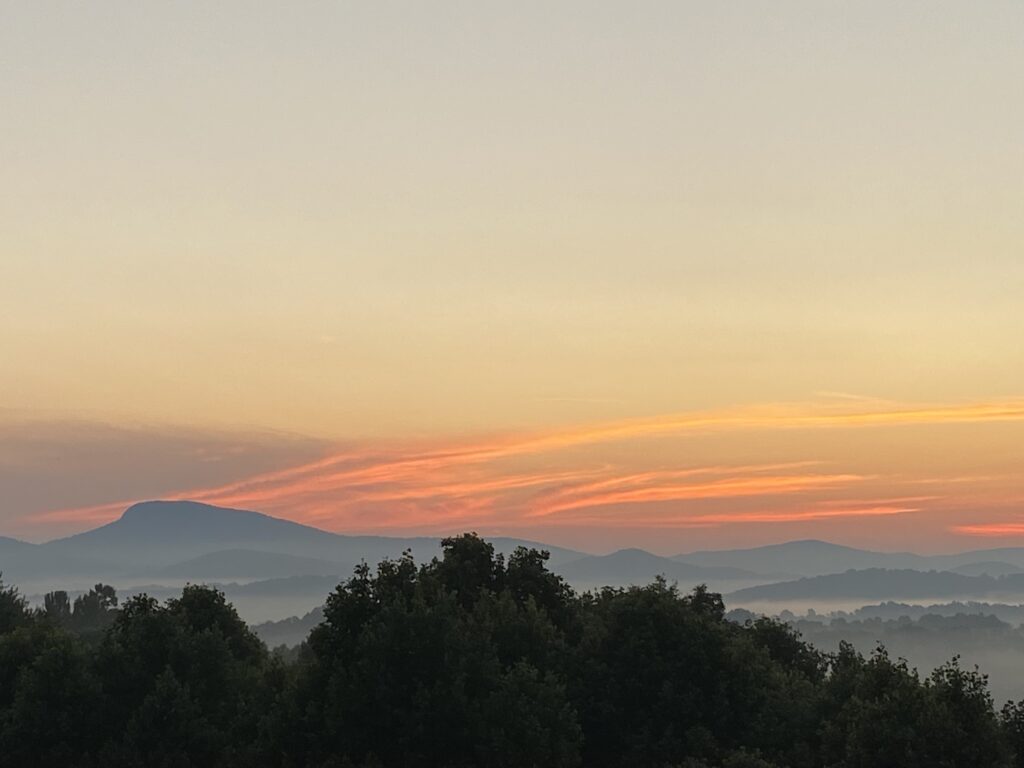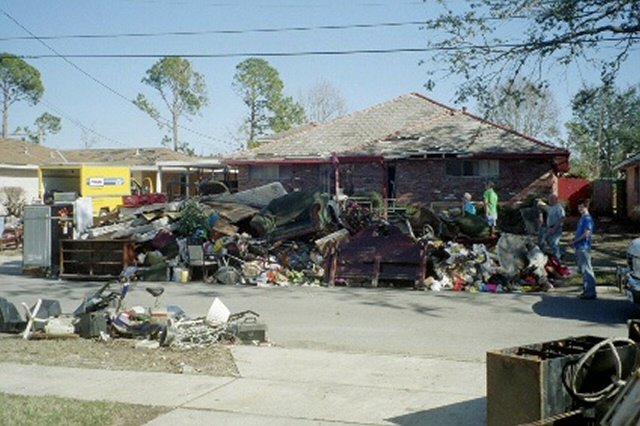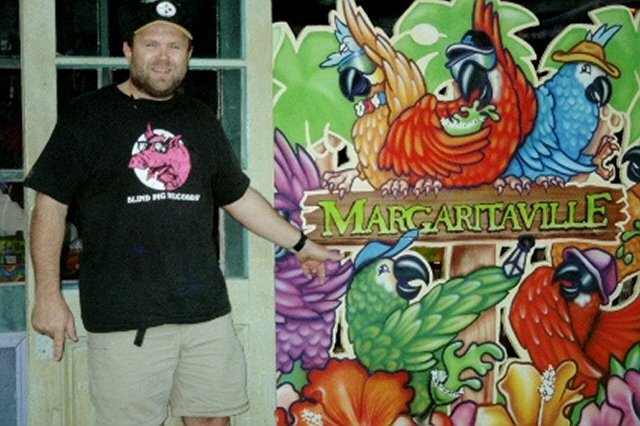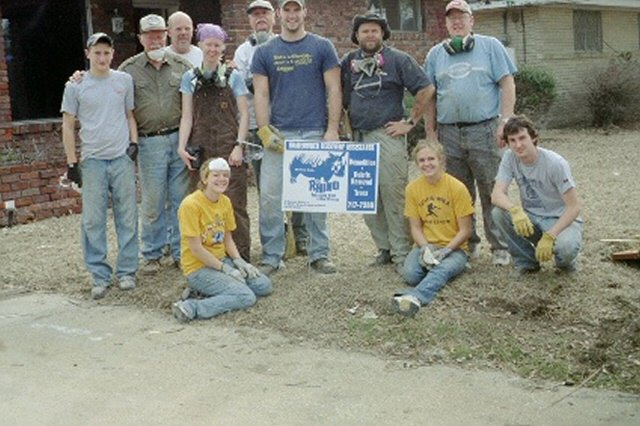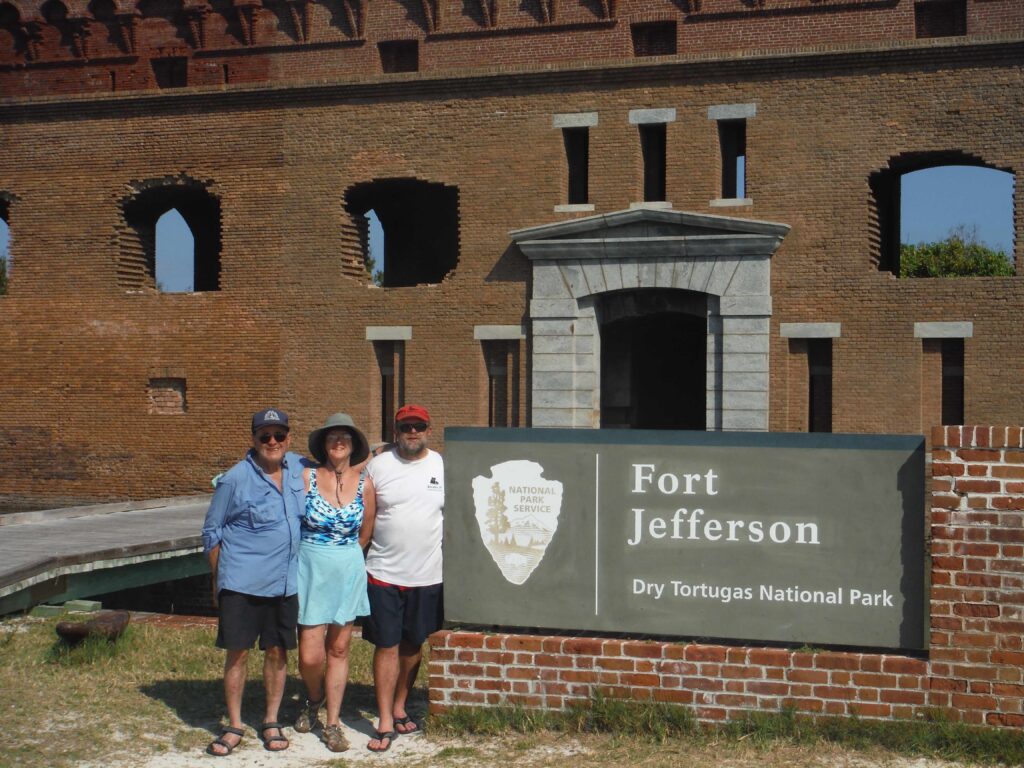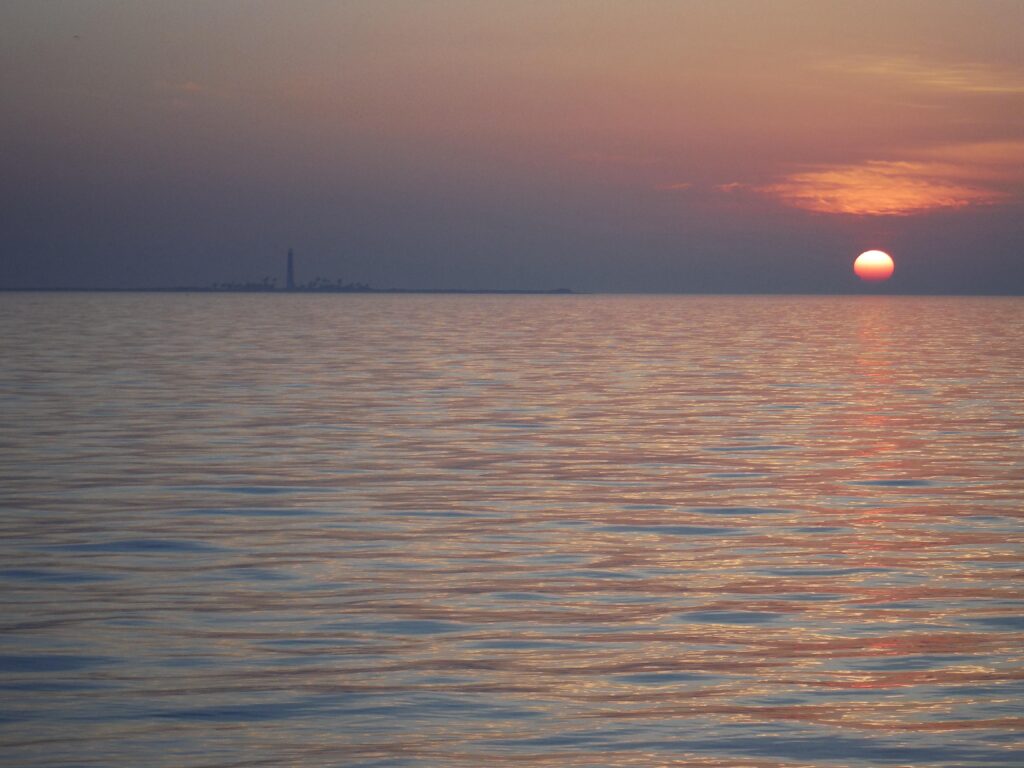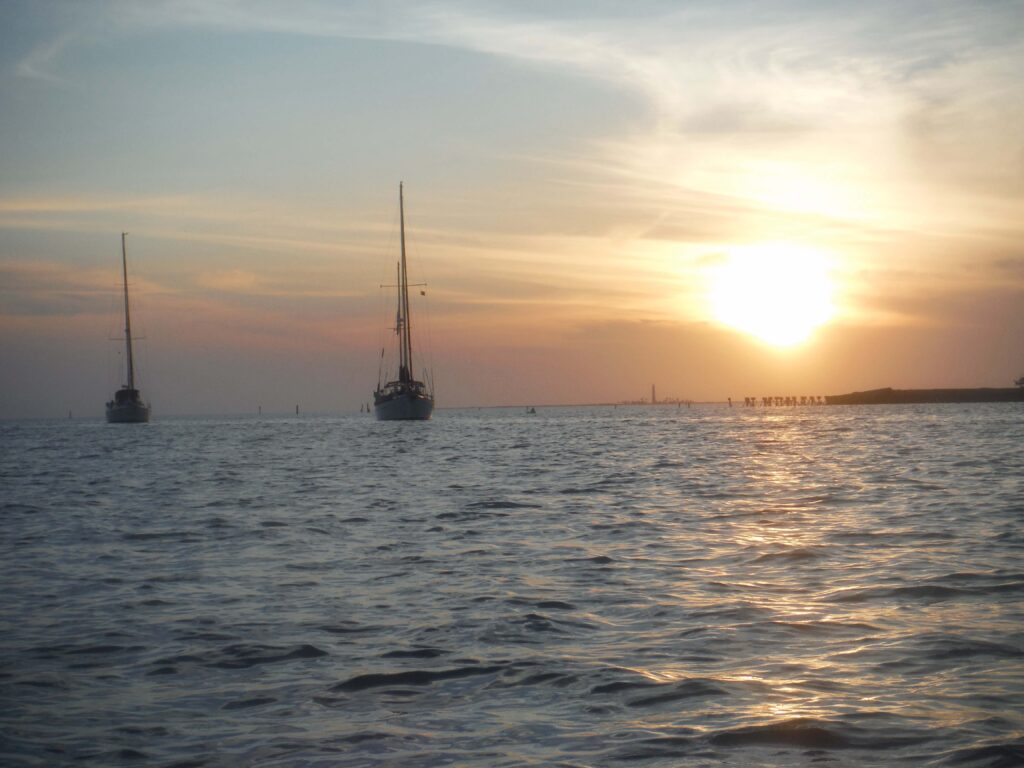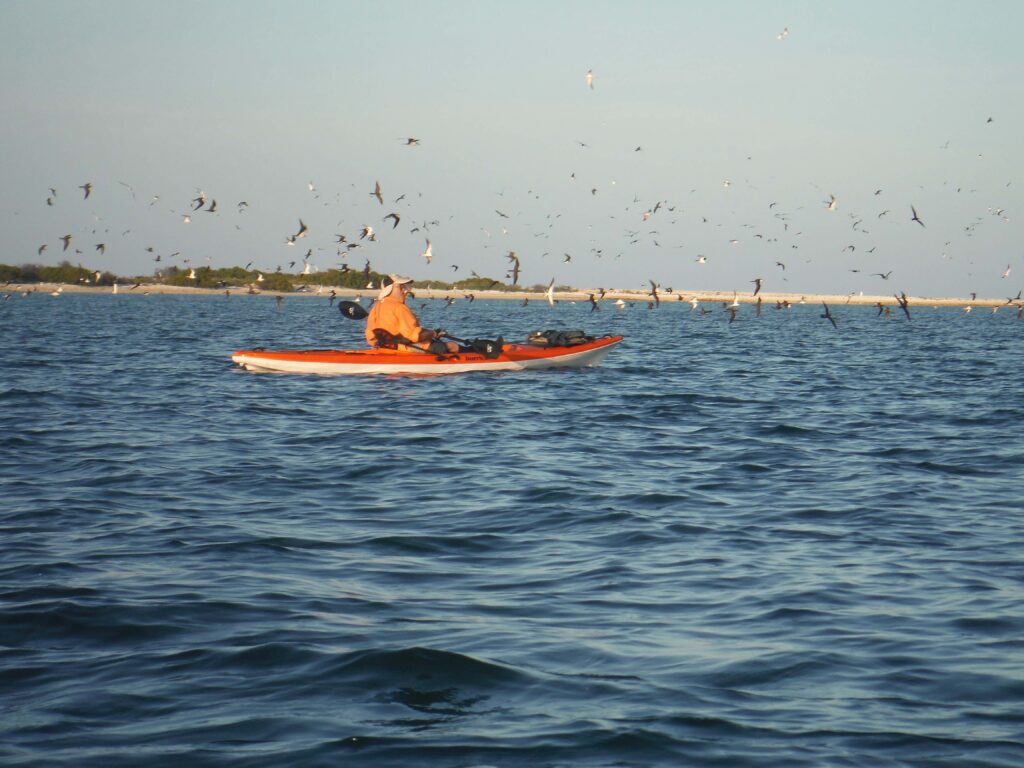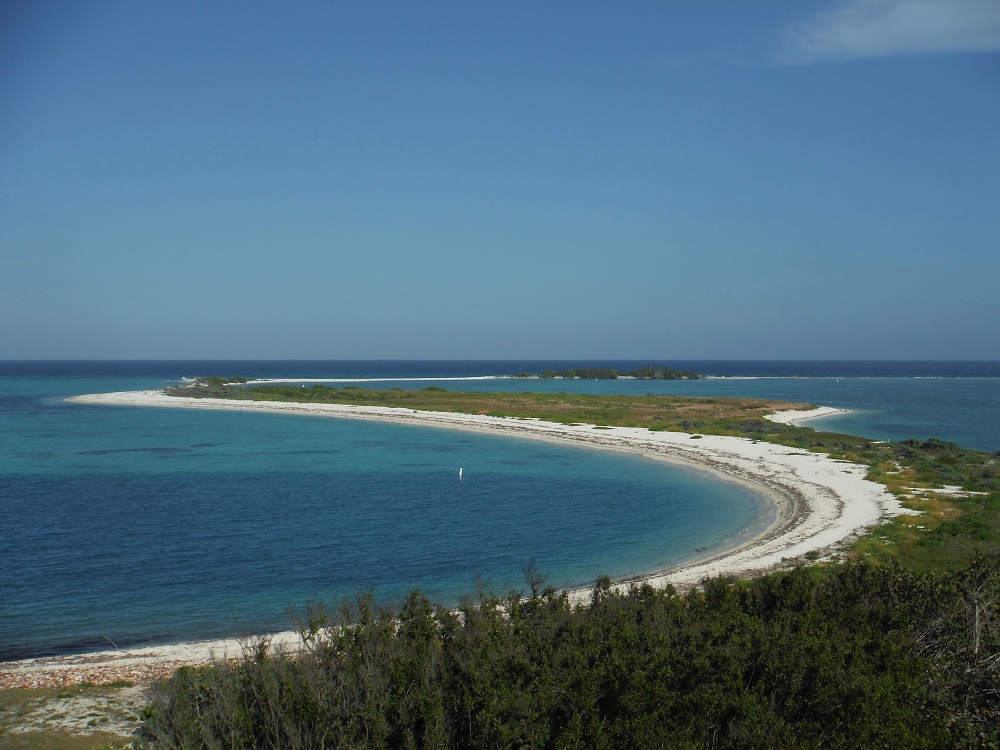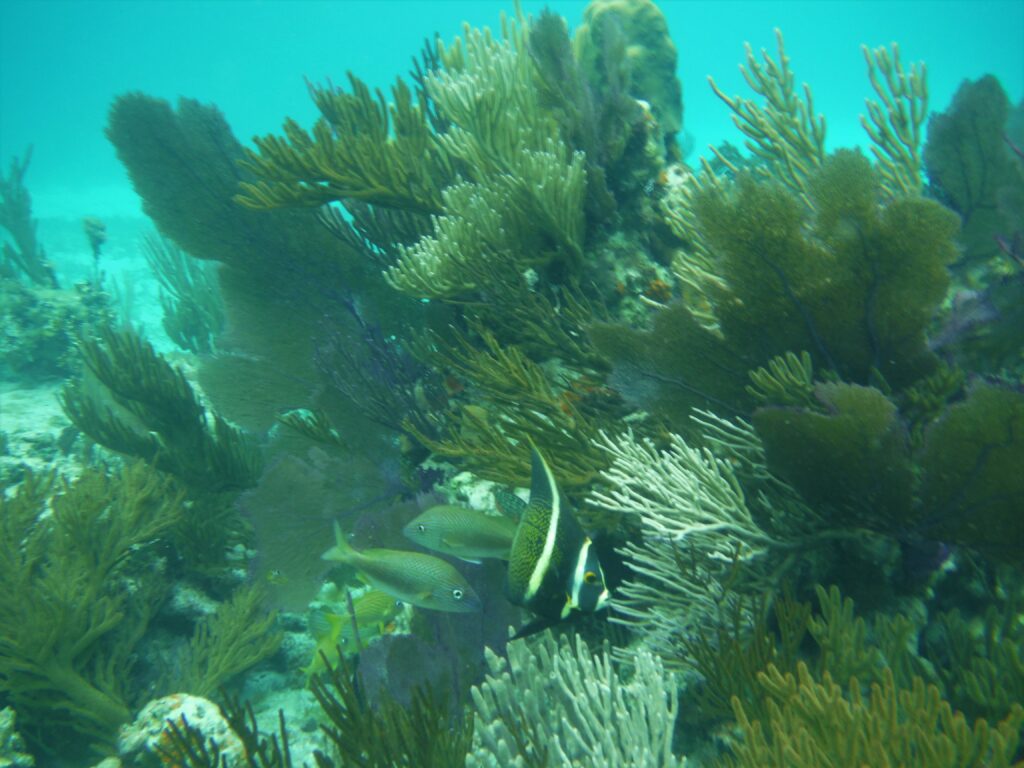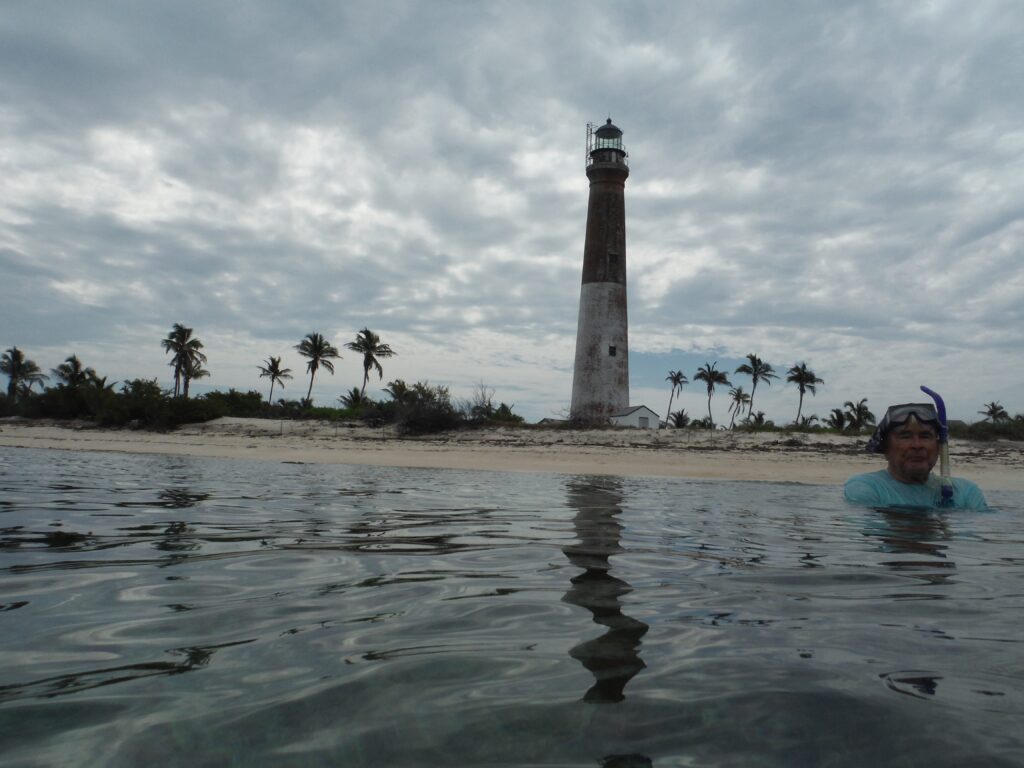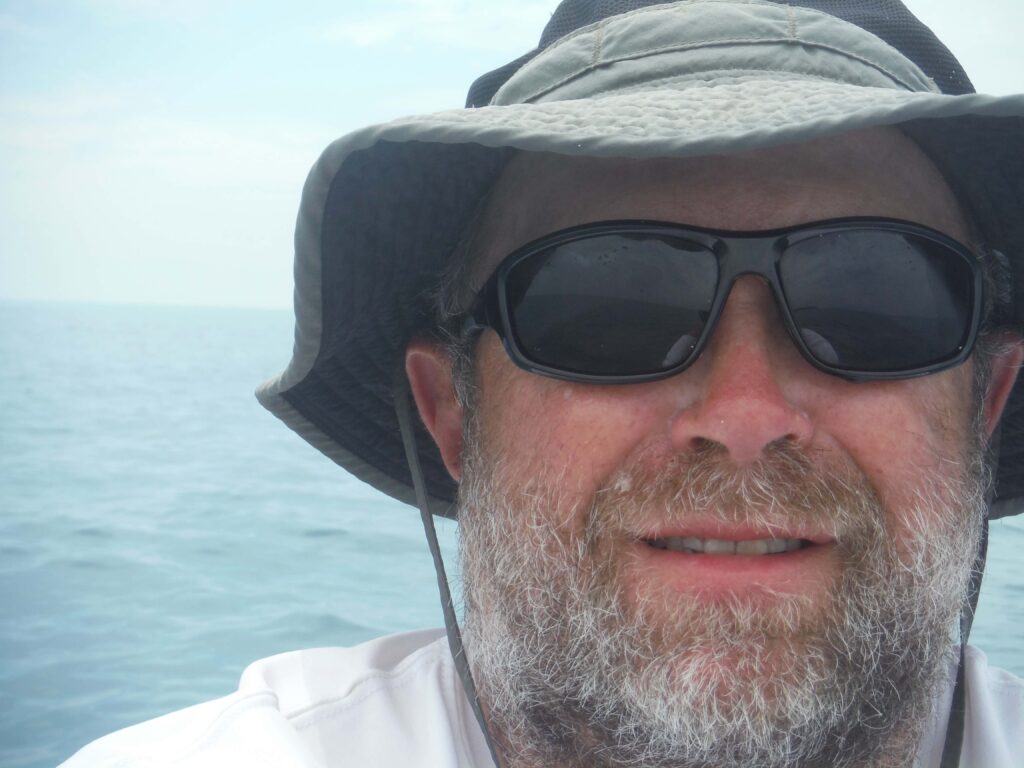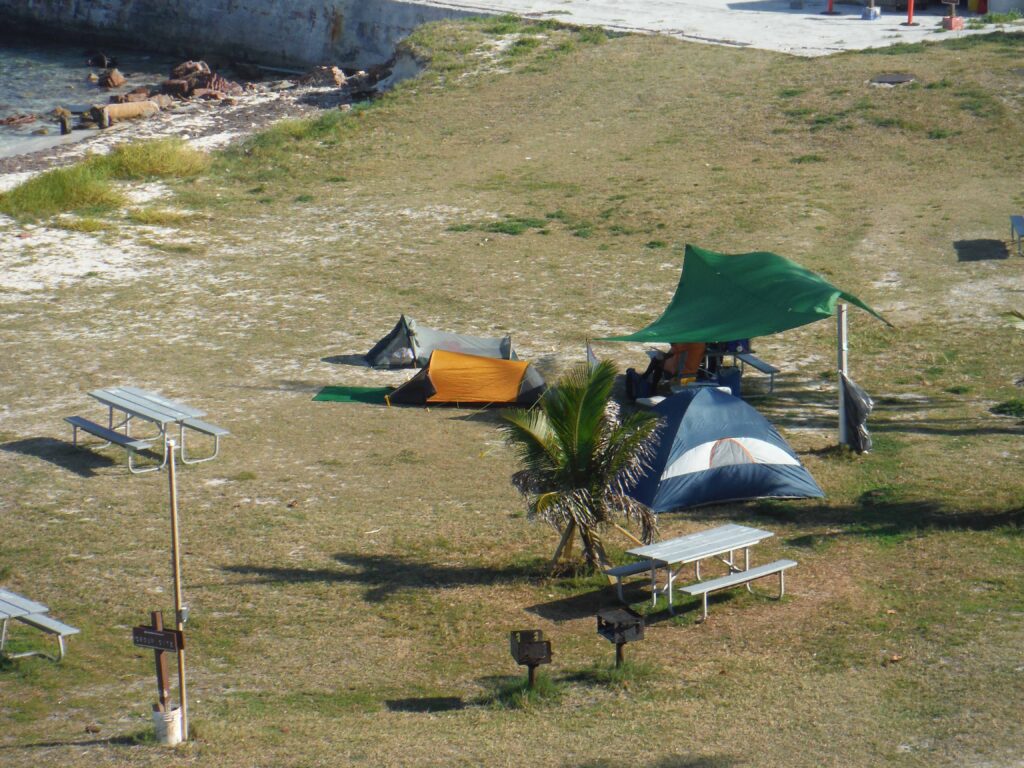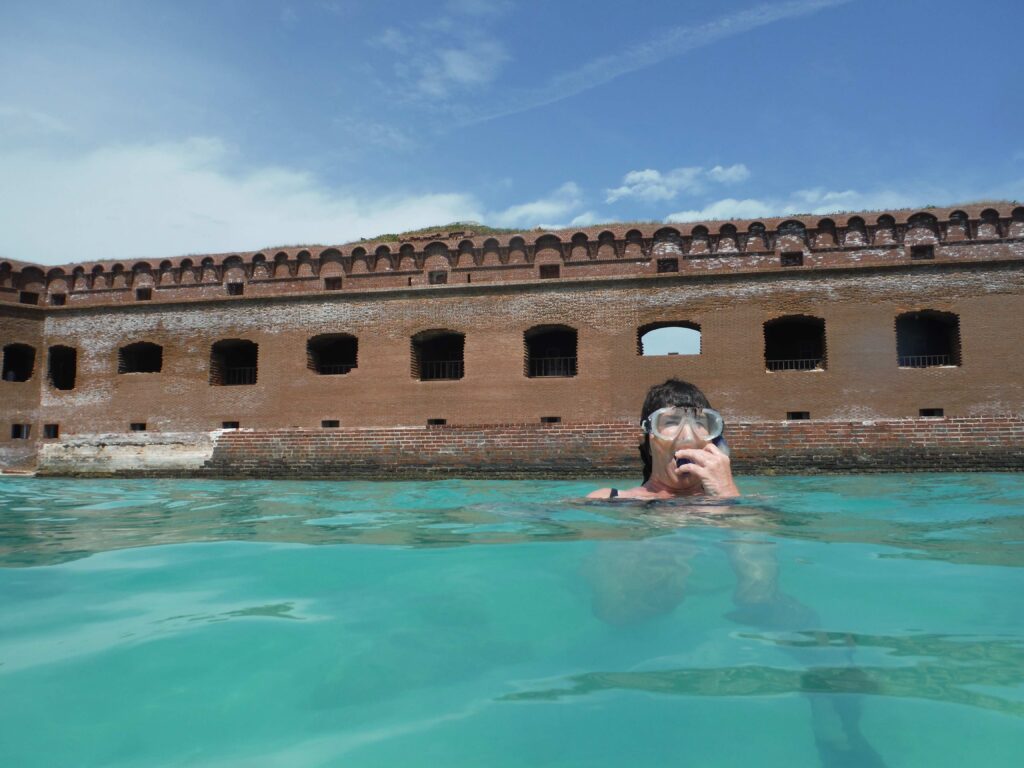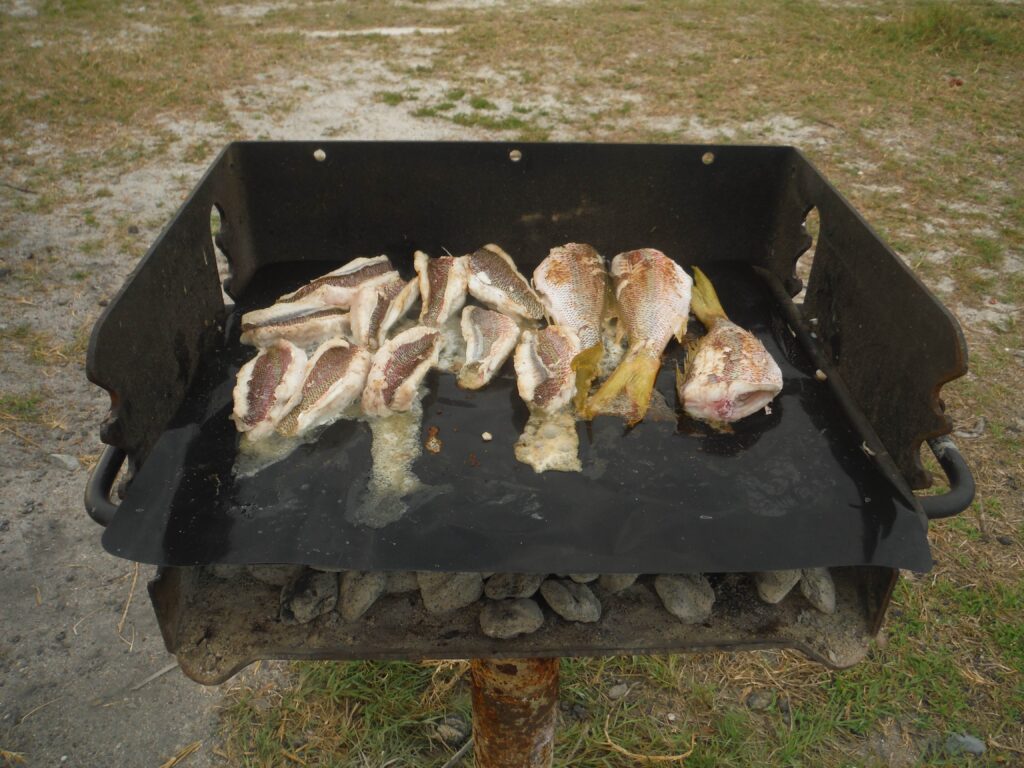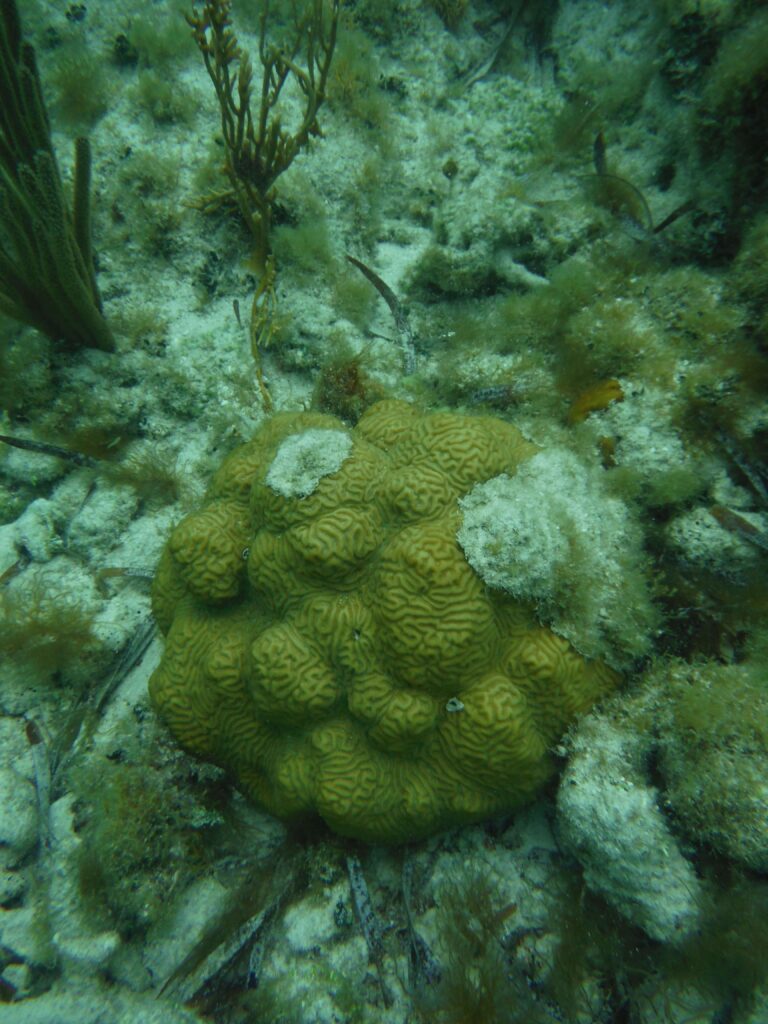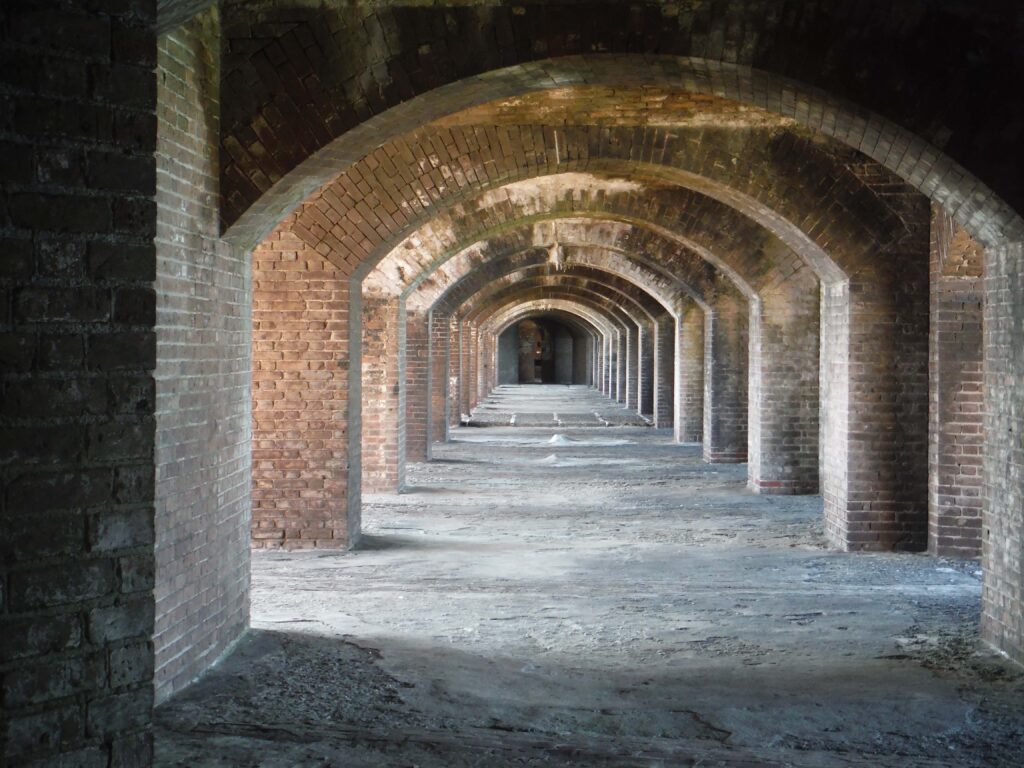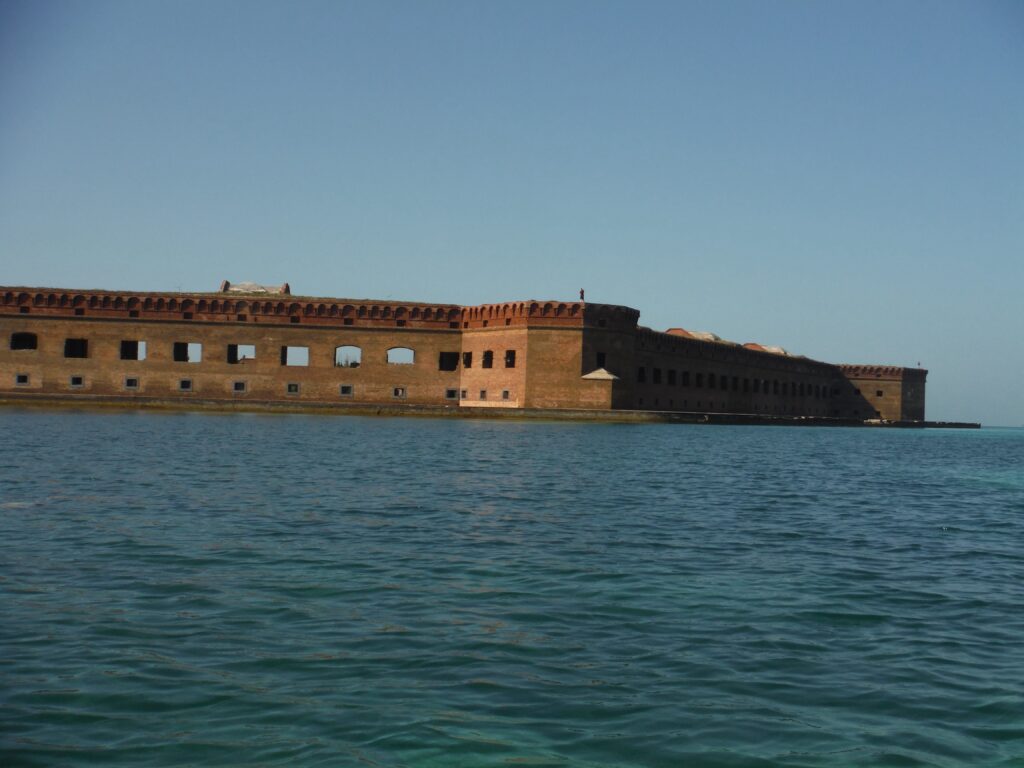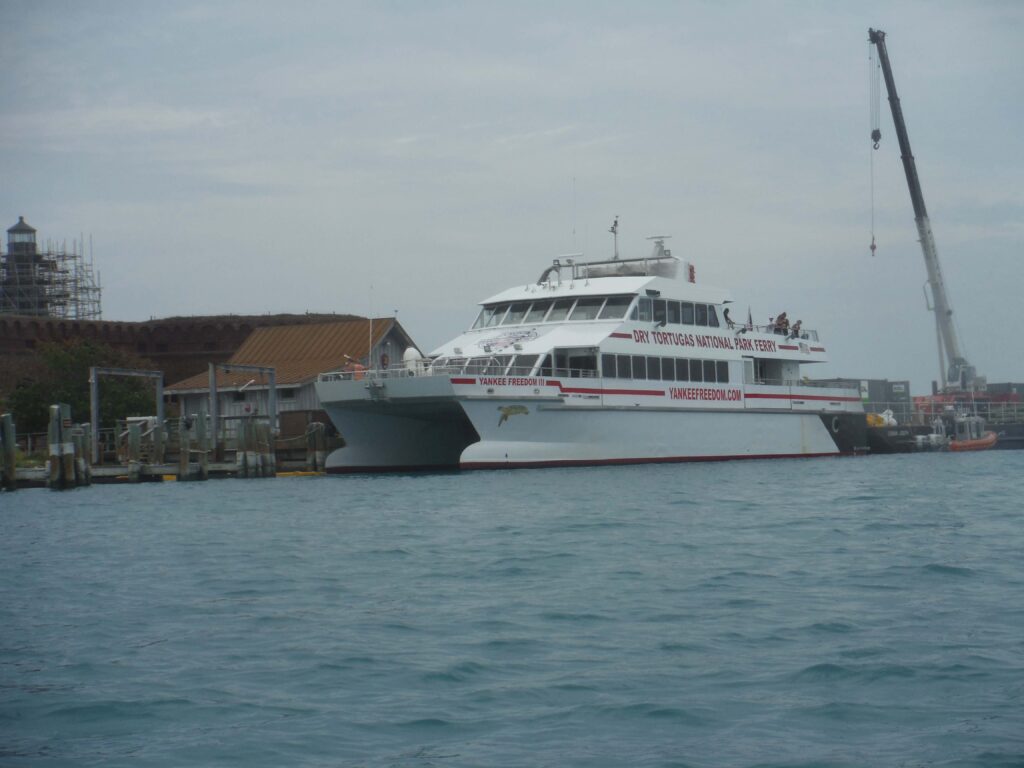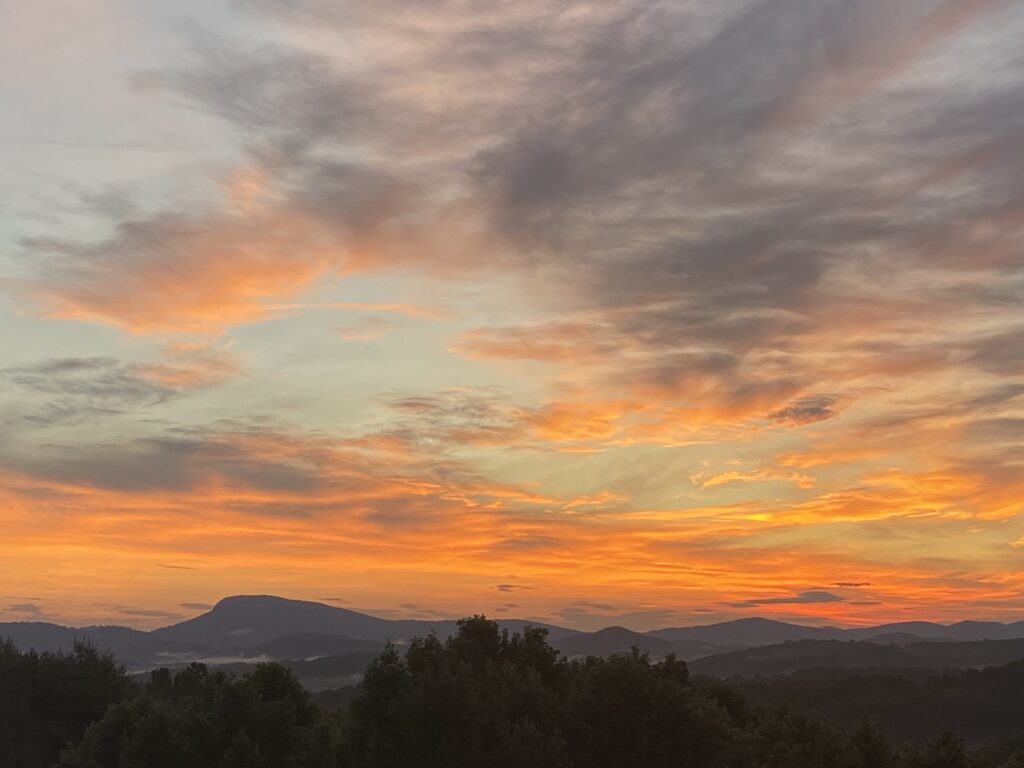Jeff Garrison
Bluemont and Mayberry Churches
July 31, 2022
Luke 9:10-17
At the beginning of worship:
Do any of you know what miracle is found in all four of the gospels? Let me give you a hint, it has to do with food.
Meals are important in Scripture. It’s with a meal the Jewish people recall the Exodus experience, when they were freed from bondage in Egypt. It’s with a meal Jesus has us to share with one another to recall his ministry along with his death and resurrection. Symbolically, heaven is described as a banquet or a wedding feast.[1]
Meals and feeding others are a part of what the church is to be about. It may be a hot dog roast or a potluck dinner for members, a soup kitchen or food pantry for those in need. We must eat and it’s best when we share food with others.
Today we’re going to look at the story of Jesus feeding the 5,000 (plus) in Luke’s gospel. It’s the only miracle that can be found in all four gospels, so it’s a big deal.[2]
Before the reading of Scripture
For the past couple of months, we’ve been working our way through the middle part of Luke’s gospel as we consider how Jesus’ teachings and ministry might inform today’s church. Last week, we ended with Herod asking a question. “Just who is this guy doing all this stuff?”[3]
Luke likes to let questions linger and then have them answered in a later story. We saw this after the storm on Galilee. Jesus calmed the wind and waves, and the disciples ask each other, “who is this guy?”[4] We’re left hanging without an answer until they pull ashore. There, a demon-possessed man shouts the answer: “Jesus, Son of the Living God.”[5]
In today’s passage we’re not going to get a direct answer to this question. That’ll come next week. But we get an indirect answer. Once again, we see Jesus doing only what God can do. He performs a miracle that is every bit as incredible as manna that fed the Hebrew people in the desert.[6] He feeds a lot of people.
Feeding 5,000 plus
We’re told there are 5,000 men there, but the word here is not the Greek word that’s often translated as men but means humankind.[7] This is a word that means male, which implies there are a lot more than 5,000 people present if we account for women. Of course, that’s a minor detail. It makes little difference if it’s 5 or 10 thousand if all you have are a few small loaves of bread and some fish. As a mere mortal, we’d be unable to feed everyone. Like it was in last week’s sermon, Jesus trains the disciples to depend upon God.
Let’s listen to how Luke tells this story of our Savior:
Read Luke 9:10-17
An unexpected gift
“Jeff Garrison.” On my first winter of seminary, while walking the hallway between classes, I was shocked to hear Sam Calian, the seminary president, call out my name. He wanted to see me in his office. I wondered what I’d done. I felt I was being called into the principal’s office, a place I got to know well in elementary and junior high.
When I stepped into his office, I was even more surprised by his question. “You’ve cooked duck, haven’t you?”
“Yes,” I said. I had no idea where this conversation was going. I thought it best not to tell him that the two ducks I’d cooked, had been slathered with an orange liqueur sauce. This was an attempt to impress potential girlfriends. It worked on the first one, so I tried it again.
“I’ll give you some ducks if you want to prepare them for some of the students,” he said.
“Where did these ducks come from?” I asked.
“One of the board members gave them to me. He shoots them up in Canada. They’ve all been cleaned and packaged. I don’t plan to cook them, so they’re yours if you want.”
These were not going to be those plumb store brought ducks.
I began to understand. As a male Southerner, he assumed I hunted and prepared my own meat, probably over a fireplace in some run-down piney wood cabin.
An impromptu party
Not sure what to expect, the next day he told me the ducks were in the freezer in the cafeteria. I went to look. The box held about twenty birds. There wasn’t anything else to do but to call for a party. And, in the pre-Google days, figure out how to cook these birds.
I gathered up a group, made assignments for side dishes, and borrowed two large baking pans from the cafeteria. That Saturday, we had a heck of a party. The next year, we had even an even better party. These ducks, like the bread and fish in our story, were a gift that kept giving.
The setting of our reading:
As we continue along in the middle part of Luke’s gospel, we learn that 12 have returned from their missionary trip. They tell Jesus all that’s happened as they head to Bethsaida. The name of the town means, “The house of fishers.” Appropriate, as it’s the city of the fishermen: Peter, Philip, and Andrew.[8]
Our Savior tries to pull the 12 off by themselves, probably to debrief. Yet people still want to see Jesus. His popularity is probably helped in these parts by Peter and the other local boys who have done good. So now, thousands of people flock to Jesus.
Jesus welcomes the crowd
And what does Jesus do? He welcomes them. Jesus tends to their needs. He heals the sick and teaches about the Kingdom of God. But as the sun drops closer to the horizon, the disciples worry. Where are they going to get enough food to feed all these people. So, they suggest that Jesus disperse the crowds so they can find food. It’s an honest suggestion. People must eat. Besides, to have thousands of hungry stomachs grumbling wouldn’t look good for the local boys.
The disciples’ problem
Jesus tells them to feed the crowd. Now it’s their problem. Looking at what little they have available, five loaves and two fish, they ask if they should go into the towns and buy all the bread available. With so many, we can imagine the shelves of bakeries looking like the shelves of grocery stores the day before a forecasted blizzard.
What we learn from the other Gospels
Now, at this point, other gospels provide different information. John’s gospel tells us the bread and fish came from a boy’s lunch. Mark depicts Jesus being more forceful with the disciples who appear to question his ability.[9] Luke has Jesus give orders and the disciples being obedient as they separate the crowd into manageable groups of fifty. Then Jesus looks to heaven as he blesses and breaks the bread. And miraculously, the disciples feed the crowd.
Two words: “All” and “Filled”
We’re told that all ate and were filled. The words all and filled are both significant. The later would have reminded the disciples of Jesus second beatitude as recorded by Luke, “Blessed are you who are hungry now, for you will be filled.[10] The word “all” is perhaps more significant. In Jewish society, the eating of food was highly regulated. One had to abide by laws over the type of food and utensils, how it is prepared and who is clean. The dining room table excluded those not clean. But here, the kosher requirements are overlooked. Everyone is welcomed.[11]
Not only that, but after everyone has been fed, there is an abundance of food. Each of the twelve haul away a basket full of scraps.
Other feeding stories
This story harkens back to the story of the feeding of the Israelites in the desert, as well as looks forward to the celebration of the Lord’s Supper, which Jesus instituted on the night of his betrayal. The sharing of food is important for Christians. And not just among ourselves, but for anyone hungry. It’s not just the faithful, those who believed Jesus, that were feed that day. All were fed…
First point: feeding people
The first point to realize that the church, which is called to exhibit God’s kingdom to the world, is to be generous. We are to do what it can to care for the needs of others. “Feed them,” Jesus said. At the end of John’s gospel, when Jesus talks with Peter, he insists three times that if Peter loves Jesus he should be feeding or tending his sheep. That’s the church’s role, then and now, to feed people.
Monthly, we take up the two-cent a meal offering that goes to help fight hunger. We are to help those who are hungry with food. Furthermore, we help those who hunger for knowledge and understanding by sharing Jesus’ story. The church is about feeding the hungry, regardless of what they’re hungry for.
Second point: God blesses our offerings
The second point to understand from this passage is that when we trust and give to God, God can bless and multiply our gifts.
What would have happened if one or two of the disciples slipped away with the five loaves and two fish to satisfy their hunger? They could have had their own little party. But they shared even when it seemed they had only a drop in the bucket of what was needed. Don’t ever think you don’t have enough to make a difference. What little we have, when give to God, can be enough.
As Paul tells the Corinthians, God uses what is weak and lowly to show his glory in the world.[12] Think about the widow giving her mite.[13] We are to be generous with what we have and trust God to make up the difference.
Conclusion
Food has a way to bring us together, as it did with the 100s of groups of 50 gathered around Jesus that afternoon. Like those duck dinners at seminary, sharing brings us closer. We all need to eat, and it’s good to eat with others. It’s even better to share with those who need, whether its physical nourishment or just companionship and encouragement. Let’s do it. Amen.
[1] This idea has its roots in Isaiah 25:6. The find the wedding concept in Revelation 21. Matthew 8:11 also describes a gathering of people from all around for a banquet with Abraham, Isaac, and Jacob.
[2] Matthew 14:13-21, Mark 6:30-44, John 6:1-14
[3] Luke 9:7-9. See my sermon on the larger passage: https://fromarockyhillside.com/2022/07/building-relationships/
[4] Luke 8:22-25. See my sermon on this passage: https://fromarockyhillside.com/2022/07/let-jesus-calm-our-hearts/
[5] Luke 8:28. See my sermon on this passage: https://fromarockyhillside.com/2022/07/from-demon-possessed-to-gentile-evangelist/
[6] Exodus 16.
[7] James R. Edwards, The Gospel According to Luke (Grand Rapids, MI: Eerdmans, 2015), 265.
[8] Edwards, 265.
[9] John 6:1-15, Mark 6:30-44.
[10] Luke 6:2.
[11] Edwards, 267.
[12] 1 Corinthians 1:18-31.
[13] Luke 21:1-4
